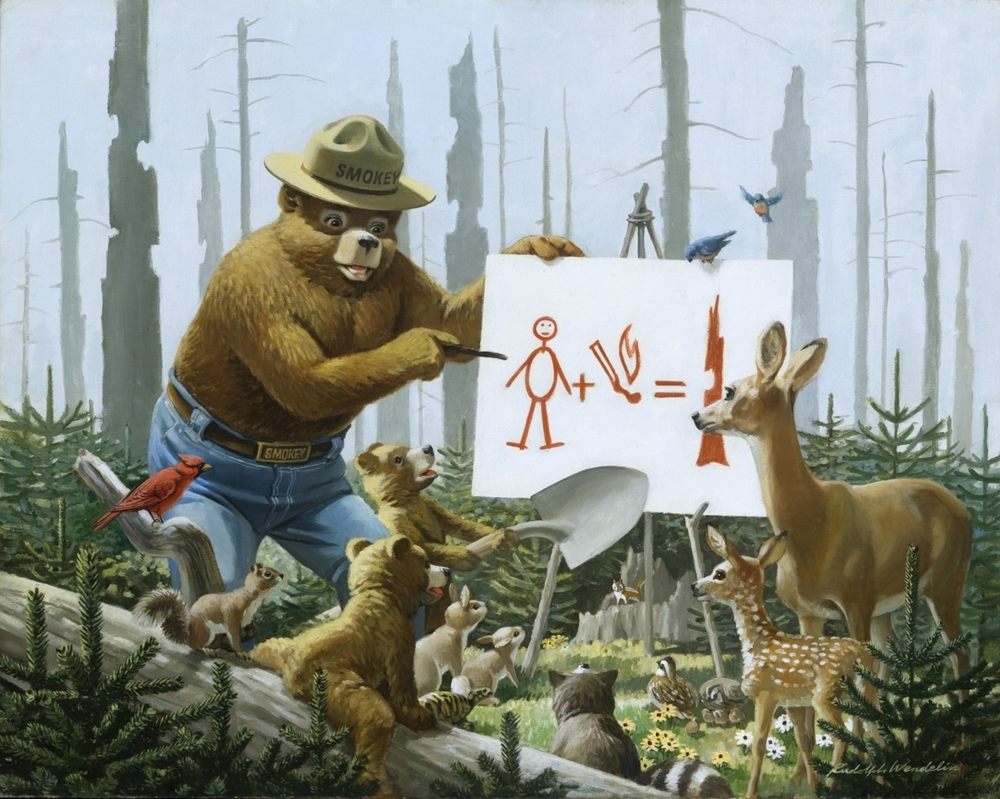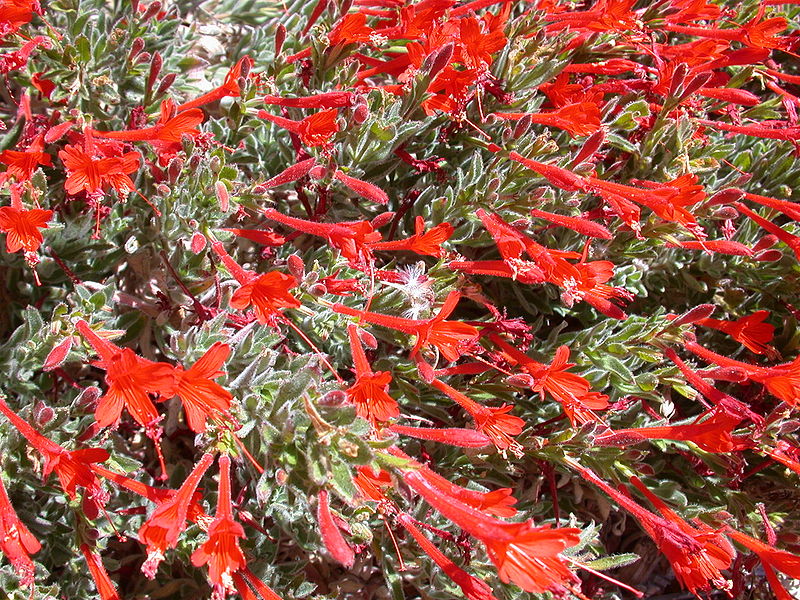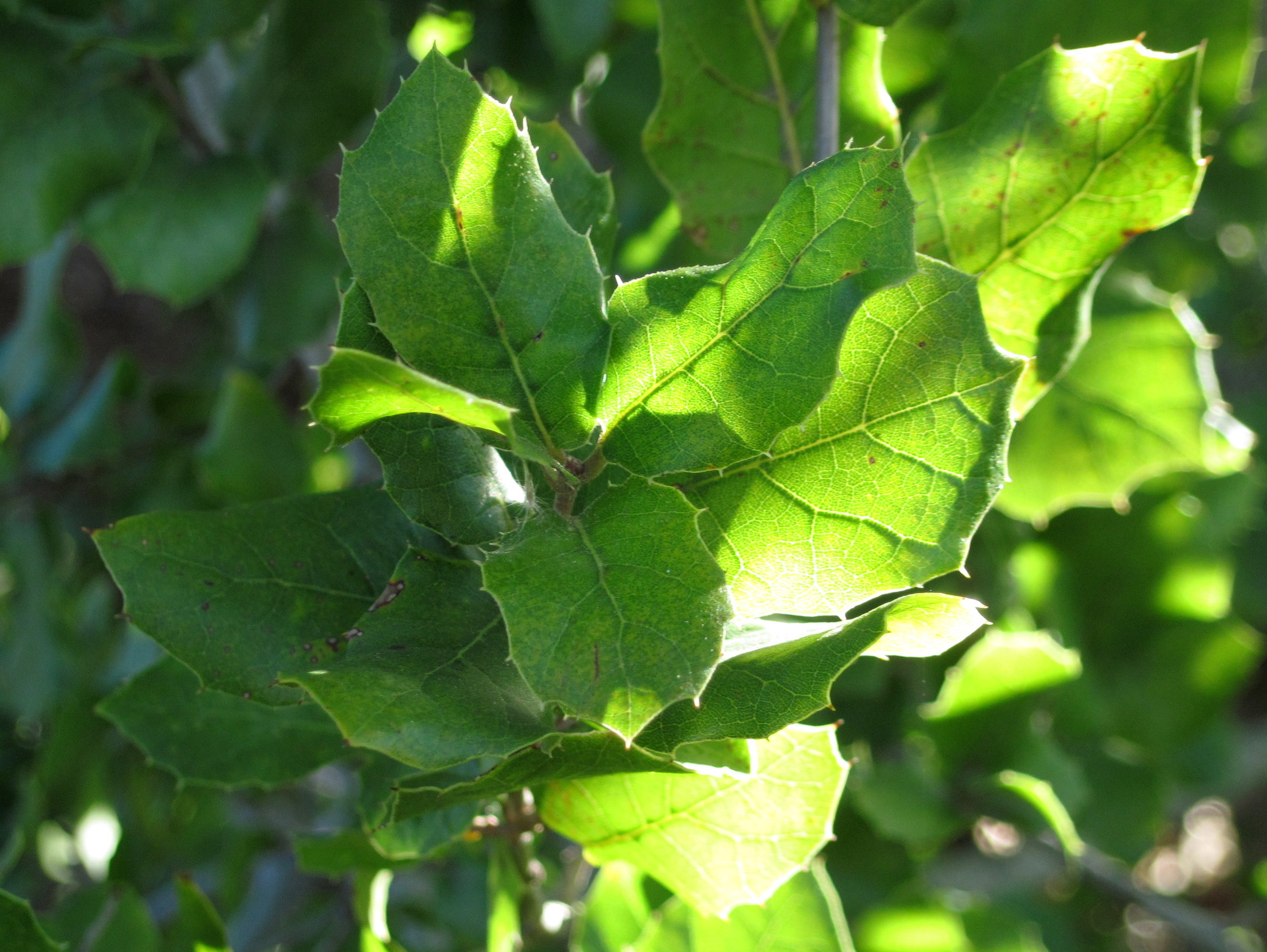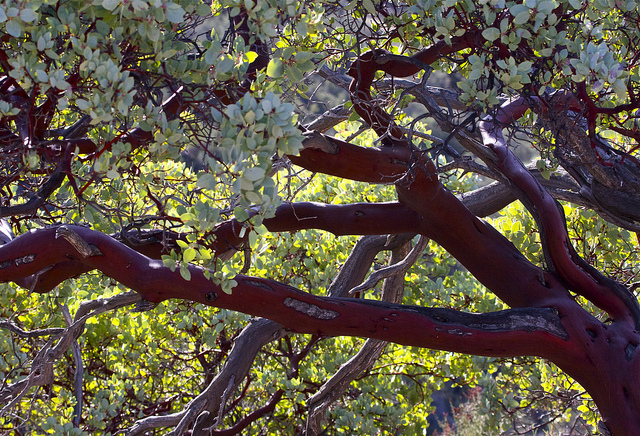Plants On Fire: California Burning
The wildfires in California are scary, shocking, and real.
Loss of life, property, and air quality threaten California land and her people. With large human populations increasingly living in fire prone areas, and hot, dry climate conditions perfect for combustion, the Golden State is responding to disaster and adapting to the inevitability of future and more frequent fires.
Plants on Fire: Natural and Human History
“Only You Can Prevent Wild Fires”
Sparks from landscaping equipment, metal dragging on the freeways, arson, lit cigarettes, and yes, campfires, are some of human causes of fire.
One of the most successful public service announcements in American history was led by the U.S. Forest Service by Smokey Bear. Smokey Bear, who famously said “Only You Can Prevent Forest Fires” and taught the ABCs of fire prevention – Always Be Careful – recognizing that humans are the cause of most wild fires. His message has changed to “Only You Can Prevent Wild Fires”.
Why is California burning?
Much of California is covered by the chaparral, one of Earth’s biomes. Biomes are defined by their plant life and climate. The chaparral’s natural dry seasons provide plant fuel for fires. Intense winds, hilly land, and drought conditions provide a perfect condition for fire’s spread. Normally there’s a 20 year cycle between burns, but now they’re much more frequent. In nature, fires are caused by lightning and only rarely by dry plants themselves. Wildfires now are caused by the “urban interface”, extreme wind, weather events, and climate change.
Plants are burning, but what kind, and how?
The answer is, all of them.
Yet plants will burn at different rates. Moisture holding and shorter plants will burn slower. Dry, dead plants will ignite faster and spread quickly. Ironically, the young tender plants that grew after California fires and droughts acted as tinder for the larger fires seen now.
California native plants are more fire resistant. They have less sap and resin. California residents can plant beauties like California Fuchsia, Oak trees – there are 21 native California oaks - Manzanita, sage, Yucca and Red Monkey Flower amidst fire resistant stone landscaping.
Non-native plants brought to California are especially combustible and many are used for landscaping around where humans play, live and work. These include scotch broom, pampas grass, wild oats, red brome and foxtail which catch on fire easily.
A history of preventing forest fires was established in the last century
“Suppress at all costs” was the guiding principle. Yet repeating this practice meant the forests were full of dead trees, caused by drought and bark beetle infestation.
A solution to forest fuel buildup is well controlled “prescribed burns” that copied naturally caused fires, managed by the Forest Service. Fire burns have a natural role in ecosystems – removing dead plants and weak trees, enriching soil and preventing.
President Trump’s literally inflammatory, ignorant remark about mismanaged forests enraged firefighters, the U.S. Forest Service, and climate scientists. Simply “raking the forest floor” will not prevent wildfires. Likewise, his 2015 Tweet complaining about Smokey Bear’s longstanding message doesn’t hold up during this time of devastating wildfires.





